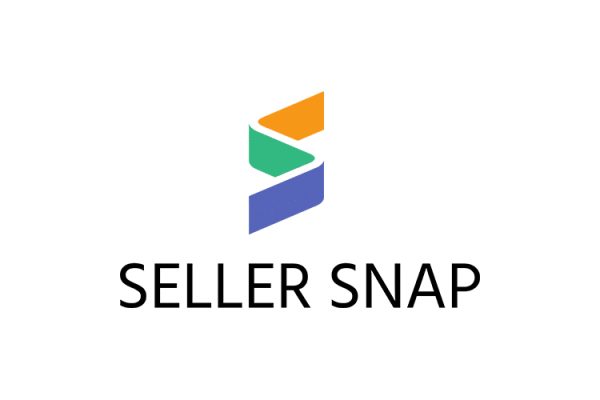Wiser is a dynamic pricing and merchandising engine that monitors, analyzes, and reprices retail products in real-time. Wiser enables retailers to boost profit margins and revenue, price with confidence, and improve merchandising through a sound pricing strategy. Today Angelica Valentine from Wiser discusses assortment optimisation and what competitors have to do with it.
 Inventory: it’s much more complex than just getting it right or wrong. The most successful retailers update their comprehensive inventories often and know that inventory and pricing are closely tied together.
Inventory: it’s much more complex than just getting it right or wrong. The most successful retailers update their comprehensive inventories often and know that inventory and pricing are closely tied together.
The first step to having an effective inventory is digging into the data. Your competitors actually have a lot to offer you in this case. Doing a gap analysis will provide you with the background information needed to adequately understand how you compare. It will tell you the products you have that are unique, the ones that your competitors have that you’re missing, and the items you have in common. Each one requires a different course of action.
Unique Products
You have the most say over the pricing of the products that only you carry. Since you control supply for those specific products, you are able to have a lot of flexibility with the pricing, depending on demand. Also, you will have a competitive advantage if a competitor decides to start selling it because they will have to benchmark against you.
Products You’re Missing
Each product that your competitors carry that you’re missing is a chance for an abandoned cart and all retailers want to avoid those. Shoppers want all the products they’re looking for all in one place, when possible. 77 percent of shoppers will choose to buy from another site when a retailer doesn’t have a particular product they’re looking for. Think about it: potentially paying for shipping on two different websites or from two different sellers on eBay is generally not what shoppers opt to do. The solution is to stock the items that your competitors have, within reason. Of course, you should only sell products that make sense for your target buyer, but don’t be afraid to experiment a bit.
Products You Have in Common
Now this is the fun part. We all know that shoppers are generally looking for the best deal on products. That means that all the products you have in common had better match what they’re willing to pay, otherwise that potential sale will leave your site. Competitors are just a click away. There are two options here. First, retailers can choose to price similarly to competitors. Second, they can price a bit higher, but offer an added bonus, like free shipping or a free gift over a certain order value.
There’s no way to get assortment right unless you take your competitors into account consistently because assortment optimisation is an on-going process. After all, nothing in ecommerce exists in a vacuum. It is one of the most interconnected and fast paced industries. Retailers must take this into account when planning their inventories and pricing.
Has competitive analysis helped you optimise your inventory?










One Response
Never even heard of the term ‘assortment’ tbh. I doubt I’m alone.